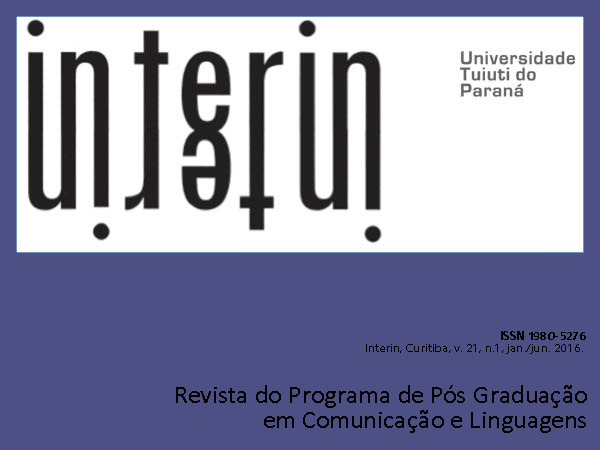The goat and the museum: different meanings of the strange presence of Bode Ioiô in the Museum of Ceará from 1935 to present days
Palavras-chave:
Humor, Museu, Bode, Jornal, Ceará moleque.
Resumo
Between the years 1915 and 1931, a goat named Ioiô lived freely in the streets of Fortaleza. Being a popular type of those days, filled with unusual characters, when he died he had his obituary published in newspapers. He was then stuffed and, in 1935, donated to the newly created State Museum. The present article analyzes from mainly journalistic texts the different meanings that this character had inside the museum since then, from simple curiosity to a symptom of lack of civility to a symbol of the irreverence of the people. This research had as main sources two catalogs of new stories published by the Museum itself. We arrived to the conclusion that the role that the goat occupies in the museological space has changed over time, from a merely picturesque curiosity to a symbol of a transgressive and humorous society.
Publicado
2016-06-17
Seção
Artigos Livres
Cedo à revista Interin os direitos autorais de publicação de meu artigo e consultarei o editor científico da revista caso queira republicá-lo depois em livro. O trabalho publicado é considerado colaboração e, portanto, o autor não receberá qualquer remuneração para tal, bem como nada lhe será cobrado em troca para a publicação. Os textos são de responsabilidade de seus autores. Citações e transcrições são permitidas mediante menção às fontes.


